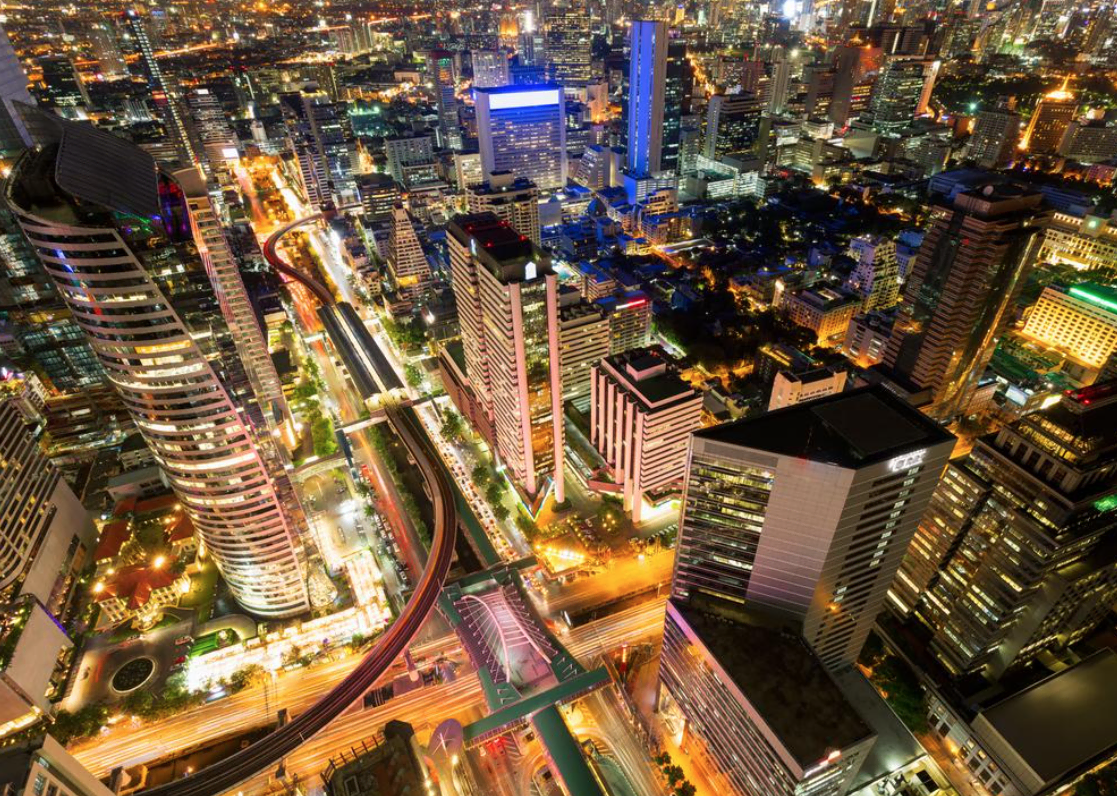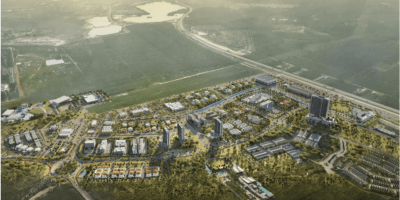
- Regional growth forecasts reflect strong business sentiment
- Business process outsourcing / shared services expected to continue driving Philippines office activity
- China Plus One, growing intraregional trade volumes drive manufacturing and industrial activity.
Southeast Asia is likely to continue attracting attention from multinational occupiers and investors as its strong growth forecast, demographic tailwinds and comparatively low cost base position the region for increased real estate activity.
According to Moody’s, the region’s average GDP growth is forecast at 4.7 percent in 2024, compared to 2.3 percent in the United States and less than 1 percent across the euro zone.
Speaking at the CoreNet Global Summit in Kuala Lumpur, Cushman & Wakefield’s Head of Global Occupier Services for Asia Pacific, Cameron Ahrens, said:
“Southeast Asia’s comparatively strong GDP forecast has made it a bright spot in the global economy. For office occupiers, the growing acceptance of new working styles combined with the cost constraints of a higher interest rate environment bodes well for lower-cost and emerging markets in Southeast Asia.”
Ahrens said that within the region, each market had its own value proposition.
“Singapore’s business-friendly environment and deep talent pool continues to attract multinational companies as a location from which to base their regional or even global headquarters; Manila also has a booming office sector thanks to its significant proportion of shared service centres, or business process outsourcing offices.

“The manufacturing and logistics sectors are also key drivers of real estate activity in the region by multinationals. Thailand remains a favoured destination for the auto industry and Vietnam attracts technology manufacturing from companies including Samsung, while Malaysia continues to incentivise investments in high-value manufacturing such as electric vehicle and semiconductor manufacturing.”
In Indonesia, foreign direct investment increased 13.7 percent year-on-year in 2023, driven largely by the base metal and mining industries and the electric vehicle industry’s demand for nickel, a key ingredient in EV batteries.
Macro and secular trends driving occupier shifts
Ahrens said the higher interest rate environment and broader macro-economic climate meant that global occupiers [multinational companies] continued to take a cautious approach to cost.
“In the current environment, we are seeing companies take a more considered approach to expenditure, and this extends to expanding headcount. They are being very strategic about where they want to grow their headcount and where they want to grow their business.
“Globally, shared service offices and global capability centres are expected to continue seeing growth as multinationals increasingly accept that remote working is both possible and sustainable. During and following the pandemic, the Great Resignation and the ensuing War for Talent helped to accelerate the growth of this practice as employers looked to new and often lower-cost markets to fill vacancies and grow their headcount. Manila’s deep, English-speaking talent pool and its established reputation as a business process outsourcing market positions it as a key beneficiary.”
While Singapore continued to see strong occupier activity thanks to its reputation as ‘the gateway to Asia’, there were also early signs that other markets in the region could start to see more office activity from multinationals in addition to local transaction activity.
On the manufacturing side, China’s move up the manufacturing value chain had left opportunities for global occupiers to move into lower-cost markets, although Ahrens noted that in this space, business expansion did not always equate to headcount growth thanks to advances in automation and technology. “From a manufacturing perspective, the region is benefiting from China Plus One policies as well as from increasing intraregional trade and improving global demand, which are all helping to drive real estate activity by multinationals.”
Despite the region’s positive outlook, downside risks remained. Slowing demand from China, which is a top export market for Southeast Asia; ongoing geopolitical tension between China and the United States; and lingering although mostly improving inflation across the region topped the list.
“The other key factor this year is elections, which typically delay occupier decision making. With almost half the world’s population—more than 60 countries—facing an election this year, there will likely be an impact on occupier decision making and capital allocation into the region.”
Overall, Ahrens said Southeast Asia offered plenty of benefits to global occupiers. “Global occupiers are becoming increasingly sophisticated in their network planning and operations optimisation,” he said. “The decision to locate a particular function in a particular market happens at the C-Suite level and everything from economics and geography through to culture and working style is considered. At the end of the day, location decisions are based on a company’s unique blend of priorities. But whether it is cost, proximity to manufacturing plants or research and development hubs, or access to talent, Southeast Asia ticks a lot of boxes.”
For additional information, visit www.cushmanwakefield.com.
Click the link below for more content like this!









